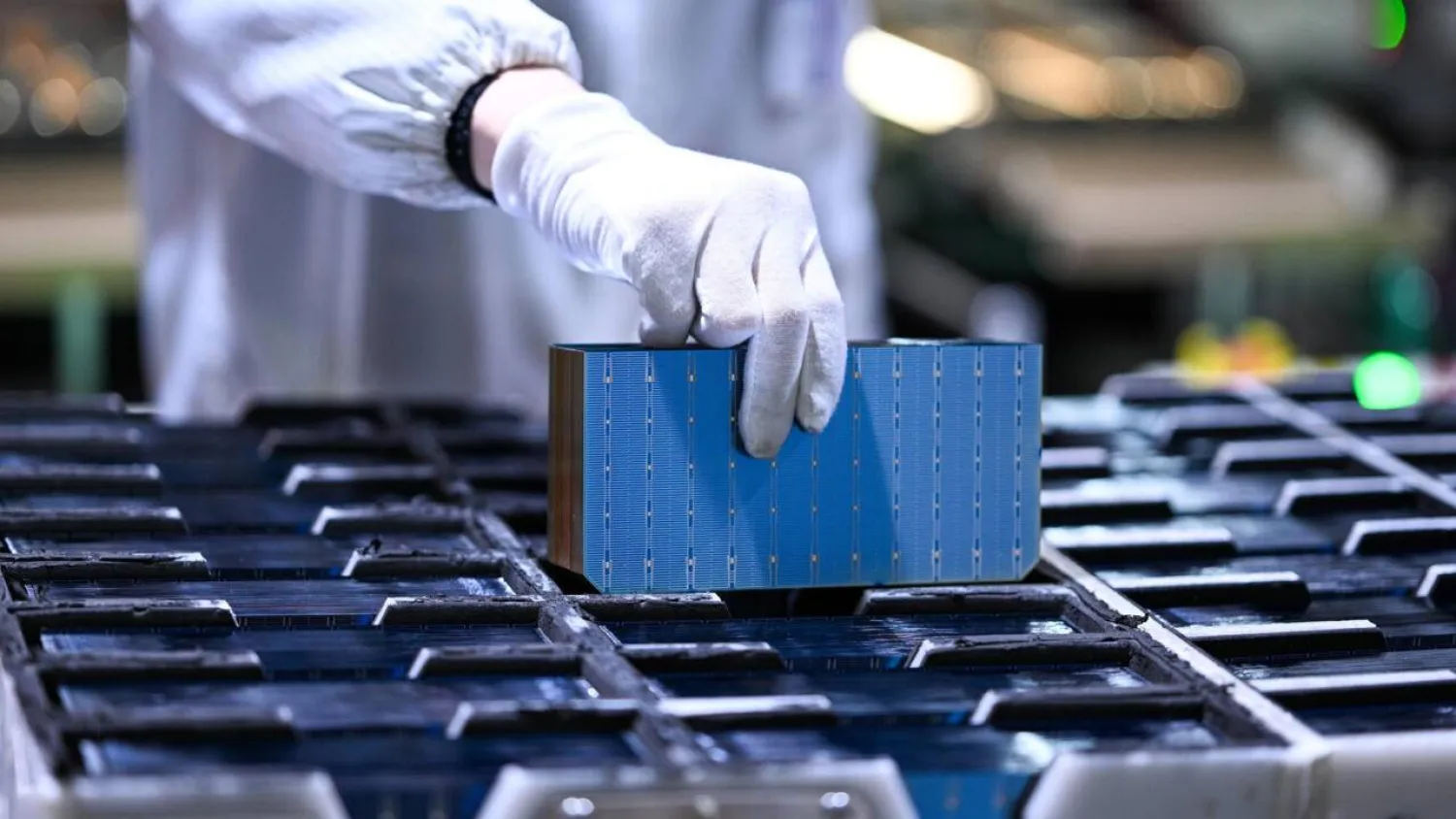Campaigns have been launched on social media to support the Sudanese government’s decision on Sunday to adopt a managed float of its currency and unified its fixed exchange rate.
The campaigns called on all the Sudanese abroad and at home to transfer their money through official banks to support the country’s economy and fight traders and speculators in foreign currencies in the black market.
Touring a number of banks and money exchange offices in the capital, Khartoum, Asharq Al-Awsat saw a remarkable turnout of citizens who queued to transfer foreign currencies into the Sudanese pound.
Social media activists rushed to post receipts of the financial transfers in dollars and Saudi riyals. They launched a campaign to encourage the people, urging them to spend their money through official outlets to curb black market practices.
Majdi al-Hajj, an employee at the Faisal Islamic Bank at the University of Khartoum, told Asharq Al-Awsat that the bank transferred money for individuals from euros, US dollars and the Saudi riyal at the new official rate.
He said it was a promising start, adding that he expects the amounts transferred to soon increase.
Meanwhile, the buying and selling activities in the black market saw a remarkable drop due to the lack of demand and the abundance of supply.
A currency dealer in the Arab market in central Khartoum told Asharq Al-Awsat that the “currency trade has weakened significantly, prompting us to reduce the price of the dollar from 390 to 380 pounds,” but he expected the market to recover at any time.
He attributed the price decline in the free market to the lack of demand and the large supply of foreign currencies.
However, he pointed out that banks do not currently meet the needs for foreign currencies.
Secretary-General of the Secretariat of Sudanese Working Abroad (SSWA) Makin Hamid Terrab told Asharq Al-Awsat that the agency held several meetings with the economic sector in the transitional government to discuss the remittances of Sudanese expatriates and immigrants.
Unifying the exchange rate is a positive measure that ensures the flow of remittances, he stressed, noting that they are estimated at a minimum of six billion dollars annually. “It also helps attract foreign capital and international aid.”
He added that solutions are being studied to meet Vision 2021. They include providing assistance to Sudanese abroad in terms of education, housing and health insurance, he said.
The US dollar had been trading at over 350 pounds to the dollar on the black market, while its official rate was at 55 pounds to the dollar.
Following the flotation, local media reported banks were selling the dollar at an average of 375 pounds, and buying the US currency for an average of 390, in an attempt to attract those trading in the unofficial currency market.
The government is hoping to introduce remittances of Sudanese expatriates and immigrants abroad into the formal banking system. Most of these remittances used to be traded in the black market.







